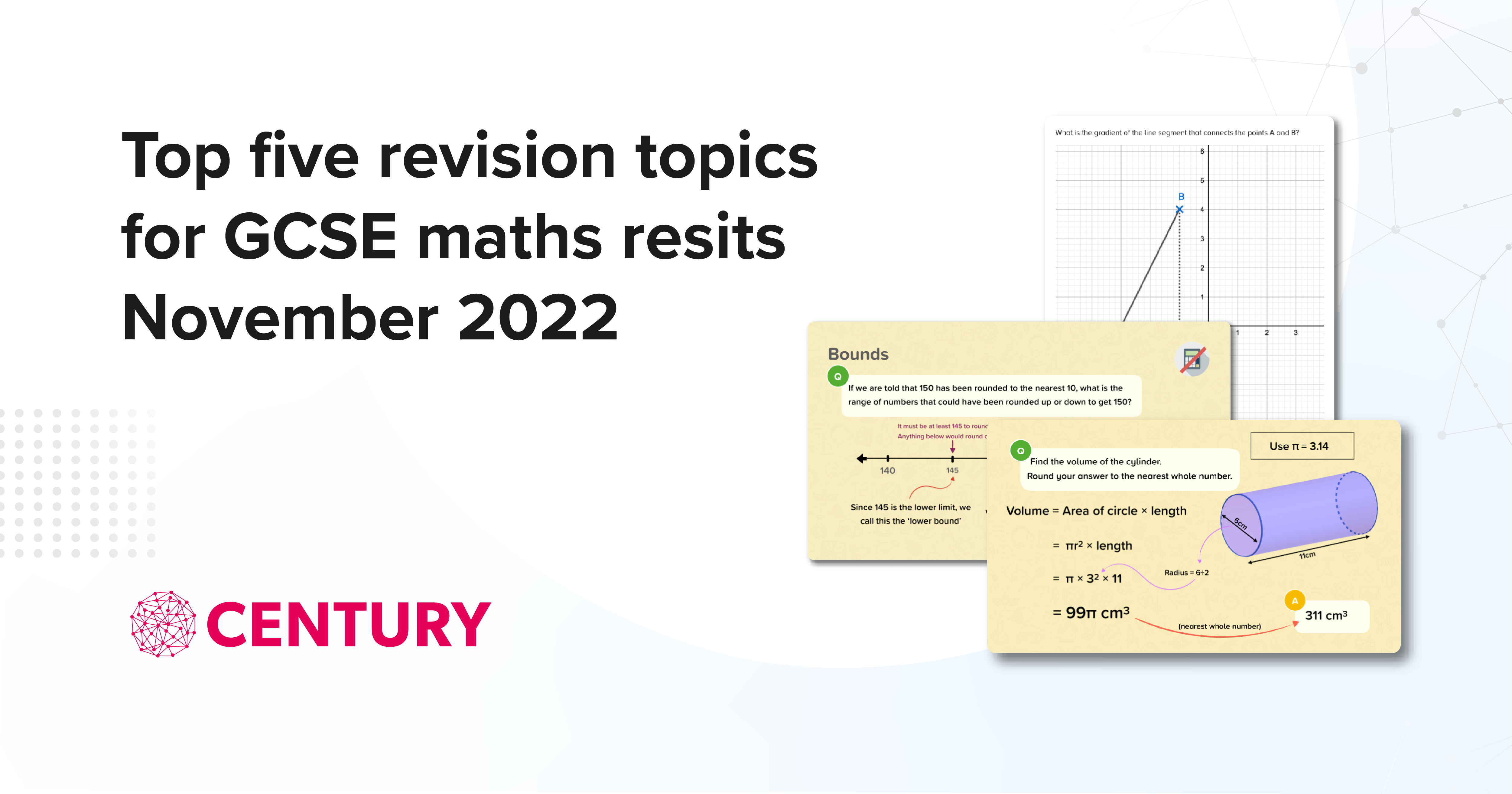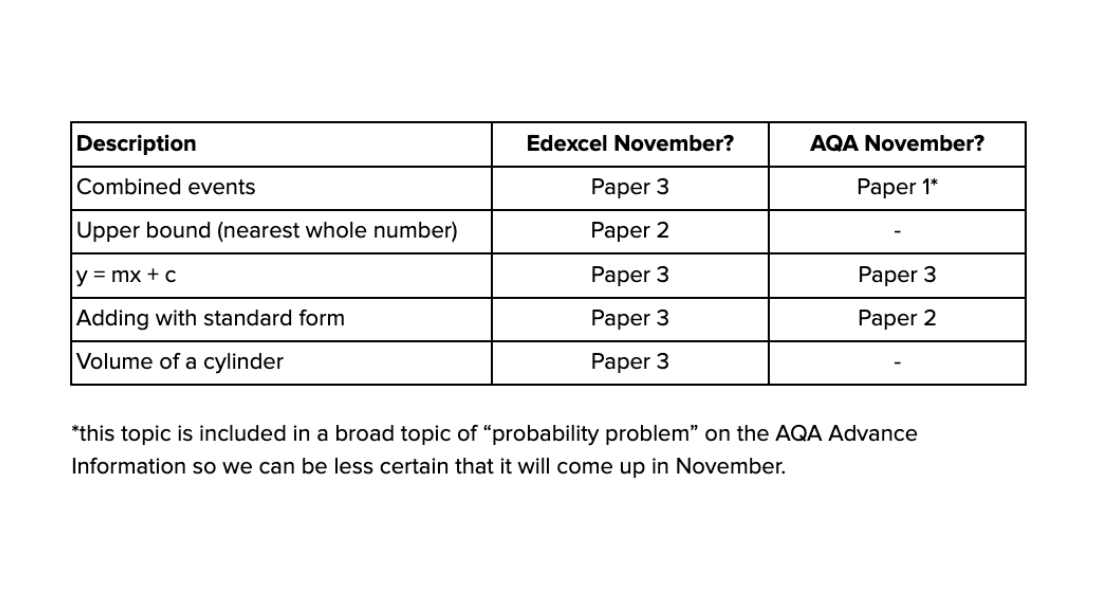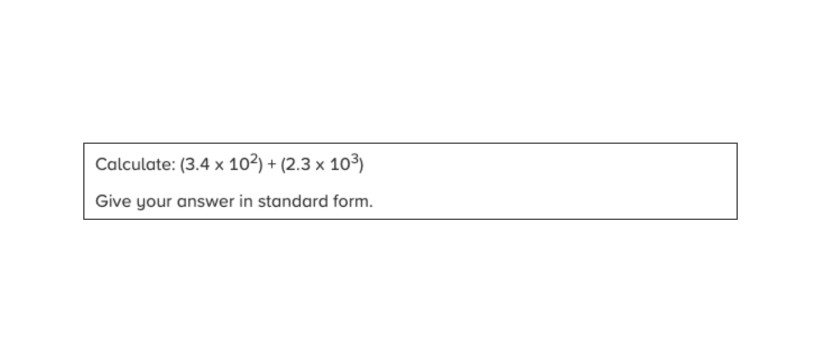The topics below were all in our Advance Information course in the summer term, and these are the questions that students struggled with the most. All of these topics are due to come up again in November in either the Edexcel or AQA papers, or both. We recommend you make these a priority with your students.
You can see the full information from the exam boards on the November exams Advance Information here for Edexcel and here for AQA.
The Edexcel examiner report for the June 2022 Foundation papers also indicates that the questions on these topics were poorly answered by many candidates. The misconceptions identified below are similar for the cohort wide feedback. Read the full examiner reports here.
For each of these topics we will provide a full breakdown including common incorrect answers and misconceptions we have identified from the answers students submitted. This is 4 out of 5 in our series of topics. Topic 5 will be published next week.
Some ideas to build these topics into your teaching
- Set the recommended nuggets as independent learning using the planner tool on CENTURY
- Include these topics in your lessons as a starter each lesson
- Set a mini assessment for students including these topics using past exam paper questions
Adding with Standard Form
This non-calculator question was answered incorrectly 85 percent of the time. This question required knowledge of standard form.
This could have been tackled in two different ways. Perhaps the easier way, as the powers are small, would have been to convert to ordinary form then add, then convert the result back to standard form for the answer. Alternatively students may have chosen to re-write one of the numbers so that both were expressed with the same power and then added them together. This would have required knowledge of how the base number changes when the power changes, and gives far more opportunity for error.
Method 1: 340 + 2300 = 2640 = 2.64 x 103
Method 2a: 0.34 x 103 + 2.3 x 103 = 2.64 x 103
Method 2b: 3.4 x 102 + 23 x 102 = 26.4 x 102 = 2.64 x 103
Some of the most common incorrect answers were:
- 2640 - The correct answer but not expressed in standard form. Students must be encouraged to read the question carefully and double check it before moving on.
- 5.7 x 105 - Students have added the base numbers and the index numbers separately. This is a conflation with multiplying numbers expressed in standard form.
- 2.6 x 103 - Students have carried out the calculation correctly but have incorrectly rounded to one decimal place before giving their final answer.
- 26.4 x 102 - Students have used method 2b above, but have not converted the number back into standard form for the final answer.
It would be useful for students to practice with numbers expressed as multiples of powers of 10 and be able to convert between different forms. Students can also build on the knowledge of algebra when trying to add and subtract numbers in standard form by thinking about “like terms”.
To help your students with this topic use CENTURY nugget: Adding and Subtracting with Standard Form (MF14.07)
Book a demo to find out more about the courses, or speak to your Account Manager if you are an existing customer for more information.





